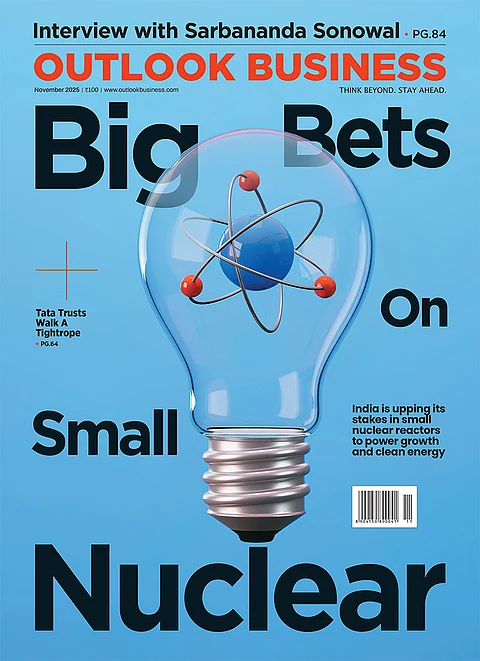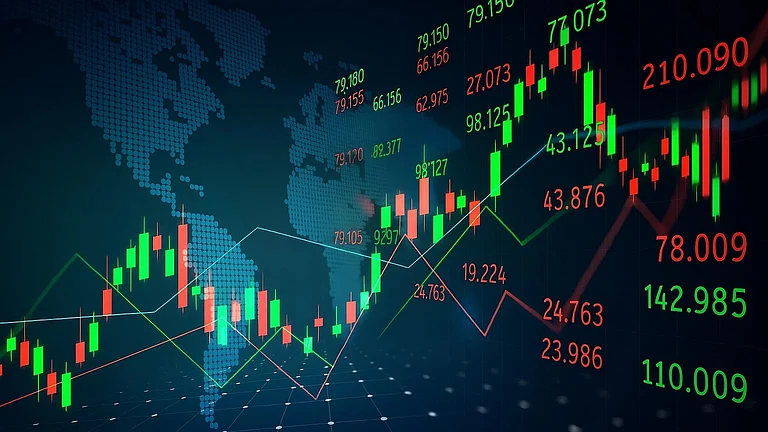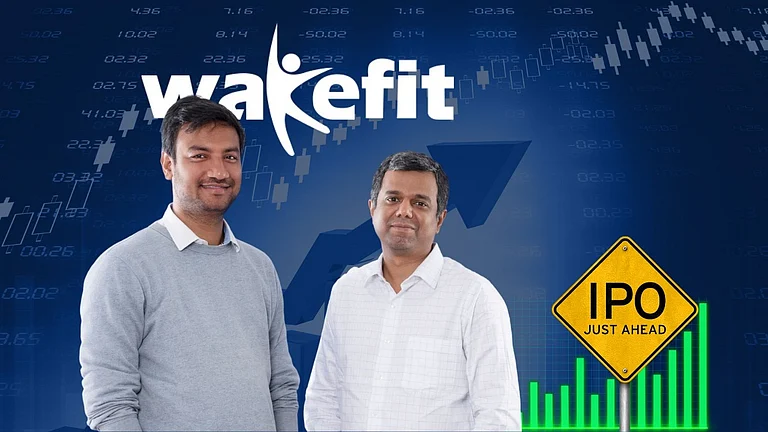A combination of normal rainfalls aiding bumper agriculture output and the Reserve Bank of India (RBI) further hiking interest rates to cut easy money in the system hold key to bringing down multi-year high inflation triggered by surging food and fuel prices, economists said.
Although the government has room to further reduce excise duty on petroleum products to contain inflation from the fiscal side, emphasis will be on monetary policy to control price pressures, they added.
While retail inflation rose 7.04 per cent in May year-on-year, slightly down from a 95-month high of 7.79 per cent in April, wholesale or WPI inflation rose to a record high of 15.88 per cent in May. Three-fourths of the price rise is coming from food items and a normal monsoon will help cool it down as it will boost production and replenish stockpiles.
The RBI has already raised interest rates by 90 basis points after inflation remained above its 2-6 per cent target band for a fifth straight month and is expected to hike interest rates by another 80 bps, they said.
For the common man, the price hike is drilling a hole in his pocket.
Edible oil prices, which had been a major factor contributing to the inflation, have started to ease a bit with leading players announcing some reductions.
"Petrol and diesel have become expensive but, in comparison, cab fares have not been raised that much. We have to pay cab companies also. We are left with quite a little," Sukhwinder Singh, a 47-year-old cab driver said.
A 40-year-old vegetable seller said managing two meals a day has become difficult as people opt for home deliveries rather than buying from vegetable vendors. "Medicines are becoming expensive. We cannot even afford to fall sick these days."
Economic affairs secretary Ajay Seth on June 16 said inflation in India is mainly because of high energy and food prices and hoped that it would moderate in the coming months. "We are all aware that summer months are difficult months in terms of vegetables and other items," he said. "High crude prices are certainly a challenge and whatever measures are needed and feasible are being taken."
S&P Global Ratings economist Vishrut Rana said higher global commodity prices are a key driving factor for inflation and the outlook for food inflation, which has a heavy weightage in the overall CPI basket, will depend on the monsoon – sufficient rains will help agricultural produce and help rein in prices.
"There are some additional policy options for addressing broader price pressures such as reduced excise duties, lower value-added taxes, or direct subsidies on agricultural produce, but the emphasis, for now, is likely to be on monetary policy. We expect a further 75 basis points rate increase this year. The tighter monetary policy will help to slow rising inflation," Rana told PTI over email.
India Ratings & Research principal economist Sunil Sinha said India being a net commodity importer can do very little about it. However to soften the impact, import duty cut and subsidy cut is the way out. But these have their own limits and cannot fully offset the impact of imported inflation which besides high prices also seeps into the economy via rupee depreciation.
India Ratings and Research expect another 50-75 bps hike in the remainder of FY23, he added.
Deloitte India economist Rumki Majumdar said inflation is more of a result of supply chain disruptions, both globally and domestically. Steep sanctions on Russia post the geopolitical crisis, newer restrictions on oil and gas supply from Russia, and recurring lockdowns (because of the Covid resurgence) in a few nations have added to the existing logistics and supply chain challenges.
EY India chief policy advisor D K Srivastava said to relax the supply constraints, fiscal policies that affect the real economy and focus on the relevant supply-constrained sectors may prove to be more effective. But these usually take a relatively long time to bear fruit.
"We may expect some improvement in the situation by the third and fourth quarter of 2022-23," Srivastava said.
Moody's Analytics economist Shahana Mukherjee said the volatility in global commodity markets is expected to sustain inflation above the RBI's comfort levels heading into the September quarter.
"Broad-based price increases from supply disruptions have contributed to the rise in India's wholesale price index. Moody's Analytics expects the benchmark repo rate to be increased by another 60 to 80 basis points in 2022.
In the bi-monthly monetary policy, RBI earlier this month upped the inflation projection for the ongoing fiscal by 100 basis points to 6.7 per cent.
Prices of all commodities have increased substantially in the recent past. Right from vegetables, school fees, and bus charges to home loans, everything is shooting up.
Taking advantage of the reduction in interest rates, many opted for home loans. During the Covid-19 pandemic, interest rates were about 6.5 percent and it has now gone up to 7.3 to 7.5 per cent. This difference in the interest rate is sending the monthly budget of middle-income groups, especially employees haywire. Many adjustments are to be made to compensate for the increase in the home loan amount, says Nageswara Rao, 50, who had taken a home loan to buy a two-BHK house.
Farhana Begum, a private school teacher, who stays in a rented house, says it is becoming challenging in view of the rise in costs of everything. "Everything is becoming expensive. But salaries are not increasing in tune with the price rise. I also take private tuitions," she said.
Arun K Nair, a hospital management expert in Kochi said: It's going to hit the rural economy very hard soon... Cities may hold up as the wholesalers will not pass on the brunt soon.
S Krishna Mohan, retired lecturer in Vijayawada: "I feel the rise in transportation cost due to spurt in prices of diesel and petrol, fuelled the price rise. Yes, it has become burdensome with LPG rates also increasing. I can say the impact of inflation is high on essential commodities, which obviously pinches the common people.”









.jpg?auto=format%2Ccompress&fit=max&format=webp&w=768&dpr=1.0)














.jpg?w=200&auto=format%2Ccompress&fit=max)




